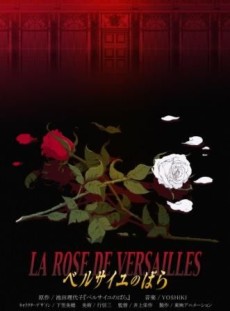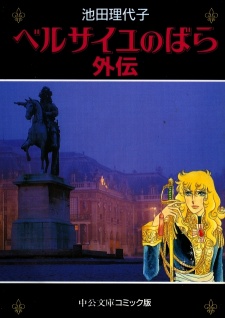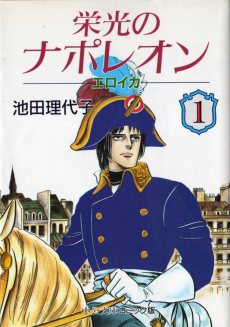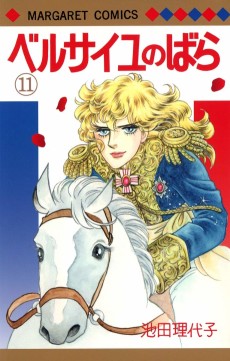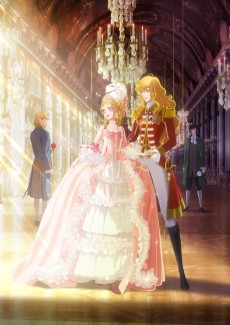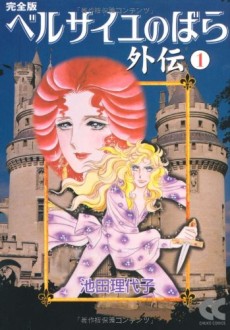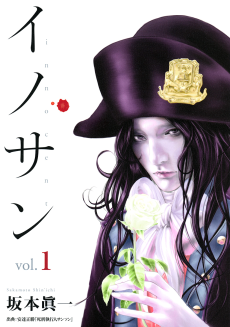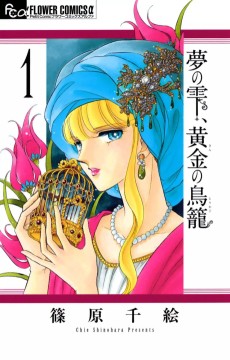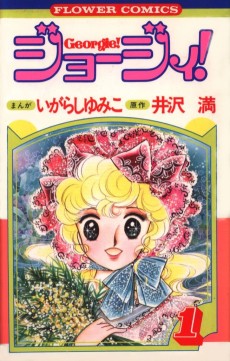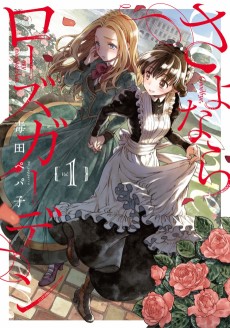VERSAILLES NO BARA
STATUS
COMPLETE
VOLUMES
10
RELEASE
December 23, 1973
CHAPTERS
85
DESCRIPTION
Oscar François de Jarjeyes is a young noblewoman raised as a son by her father. As commander of Marie Antoinette's palace guard, Oscar is brought face-to-face with the luxury of King Louis XVI’s court at Versailles. Joined by her servant André, Oscar is privy to the intrigue and deceit of France's last great royal regime.
(Source: Udon Entertainment)
CAST
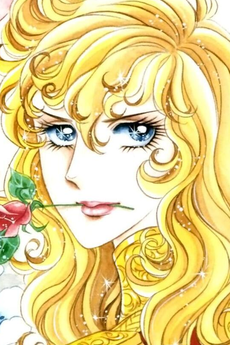
Oscar François de Jarjayes
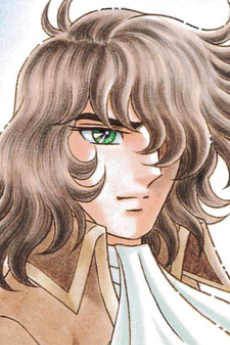
André Grandier
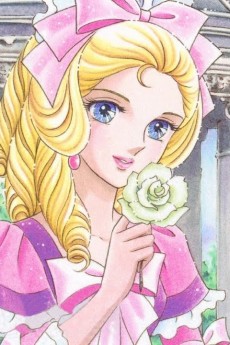
Marie Antoinette
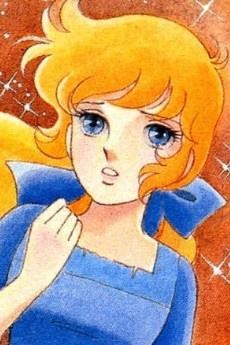
Rosalie Lamorliere
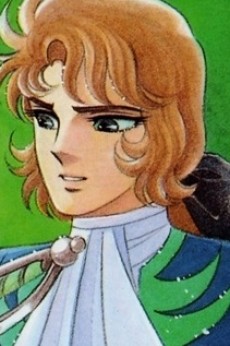
Hans Axel von Fersen
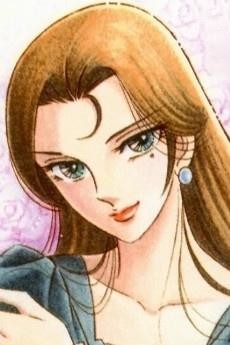
Jeanne de la Motte
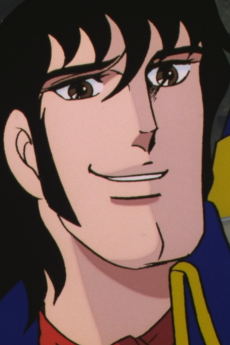
Alain de Soisson
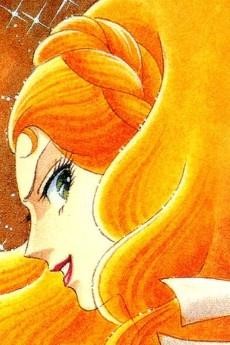
Jeanne Becu du Barry
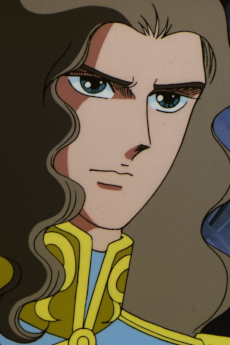
Victor Clement de Girodelle
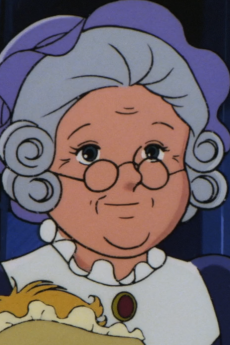
Marron Grasset Montblanc
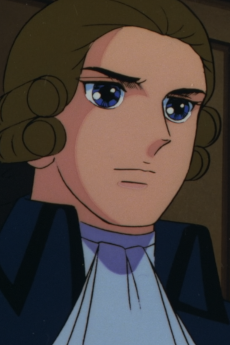
Maximilien de Robespierre
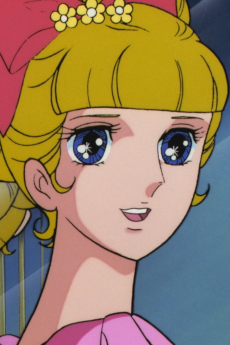
Charlotte de Polignac
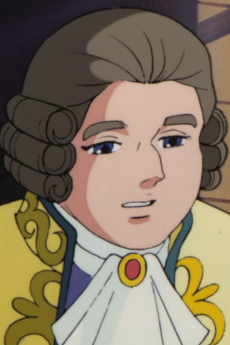
Louis 16-sei
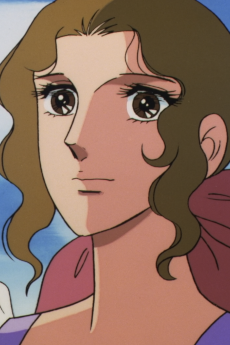
Diane de Soissons
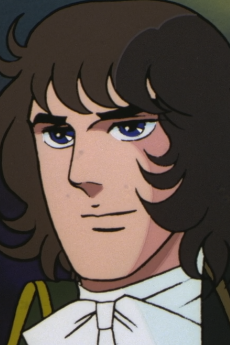
Bernard Chatelet
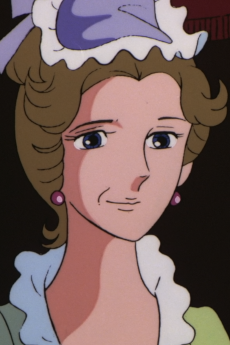
Noailles Hakufujin
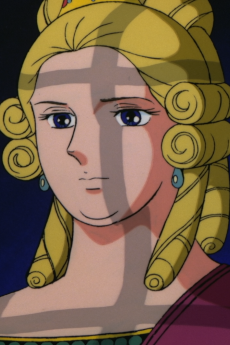
Maria Theresa
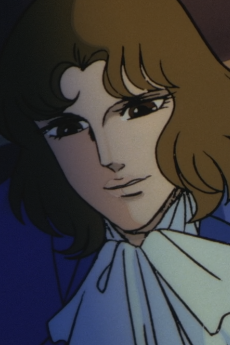
Louis de Saint-Just
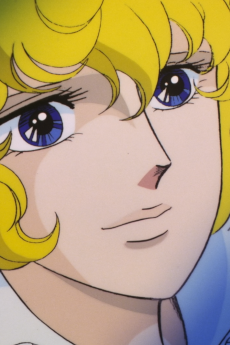
Louis Joseph
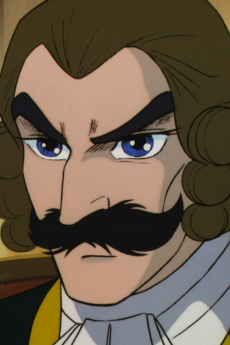
Henri de Guemene Koushaku
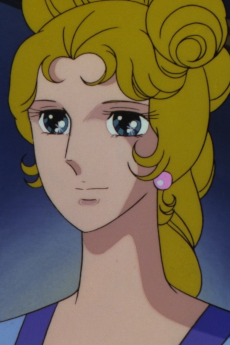
Polignac Hakufujin
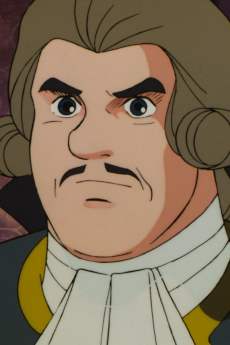
Lasonne-sensei
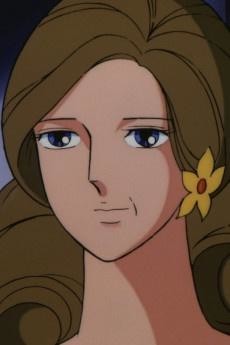
Jarjeyes-fujin

Regnier de Jarjeyes
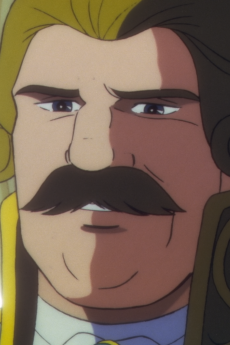
Bouillé Shougun
CHAPTERS
RELATED TO VERSAILLES NO BARA
REVIEWS

Krankastel
70/100Classic and visionary, using the French Revolution as a canvas to deal with identity and gender.Continue on AniListToday’s review is for Riyoko Ikeda’s Rose of Versailles (also known as Lady Oscar in Europe), one of the most influential and revolutionary works of the 70s.
Among the first major manga written and drawn by a woman, and part of a series of projects that promoted shōjo manga as a significant genre, it owes its success to its unique setting, iconic heroine Oscar and its radical (for its time) ideas.
Note: parts of section [1.b] could be considered as spoilers, but someone knowledgeable in French history may already have an idea. Proceed with caution.
__[1. Let’s start with the story and characters...] __ Set in 18th century France, before and during the French Revolution (until the Reign of Terror), it covers the entire life of Marie Antoinette, the eponymous “Rose”. It is by no means a biography, due to artistic license; the cast is composed of both historical figures and fictional characters, and Ikeda has taken artistic liberties in order to tie them together.
(a.) If I were to summarize the work, I’d say it’s the entire lives and fates of two intertwined characters, in a style similar to a bildungsroman.
Lady Oscar François de Jarjayes is the uncrowned queen of this manga. Entirely fictional, she is born the same year as Antoinette (at Christmas) as the youngest daughter of the Commander of the Royal Guards. Then, she is assigned with a male gender role by her desperate father, who has no sons in order to pass the inheritance of the de Jarjayes family.
>Fun fact: the practice of destining a girl for a male gender role was not unheard of around the world, and not exclusively for inheritance reasons. I recommend browsing for “burrnesha”. Either way, as soon as Oscar completes her basic military training, she is tasked into protecting Marie Antoinette, back then the Dauphine. She was conceived as a supporting character, but due to reader feedback Ikeda turned her into a prominent character for a substantial part, and in fact even rewrote the story to accomodate changes.
Many themes are largely tied to her personal and interpersonal conflicts. She gets torn between loyalty to the royal family, and an increasing realization of the hardships of commoners in comparison to the lavish lives of privileged classes. She also gets torn between fulfilling her duties as an “honorary male” officer, and her emotional and carnal desires as a woman.
Connected to her conflicts are her close relationships, such as Marie Antoinette and Oscar’s best friend, André Grandier. Oscar can be considered the “soul” of the manga. More are noted on section [2.].
(b.) Marie Antoinette is an equally complex character and her character flaws drive an important part of the plot. She happens to be the original main character of the manga, despite Oscar’s prominent role.
She is also highly conflicted, between her responsibilities as the queen and her carnal and emotional desires. Married to a loveless marriage to the last pre-revolution Bourbon monarch, she becomes infatuated with the Swedish nobleman Axel von Fersen. A tragic love story in nature, and combined with a series of toxic influences lead her to increasingly succumbing to her personality’s worst aspects.
Although sensitive and genuinely affectionate to her close people, she always showed traits of a defiant, pampered and stubborn noblewoman, which combined with her hedonistic outlook on life leads her to isolate herself from court politics and into a lavish lifestyle that weighs on impoverished citizens, ending being loathed as the “autrichienne”. And the rest is history.
>Outside the two women, almost the entire cast has important roles to fulfill, and their destinies are interwoven by the historical framework, be it the Day of the Tiles or the Affair of the Diamond Necklace. Historical people relevant to French history are also featured, such as Maximilien de Robespierre and the infamous Comtesse de la Motte. Even the very brief appearance of Napoleon Bonaparte is highly valuable in context. (c.) Before I proceed with the next section, I must note something: by no means do I find the narrative to be even close to perfect.
Ikeda has deeply invested into a meticulous and quite accurate presentation of the setting, with its classist inequalities and other factors ailing contemporaries, and remains mostly faithful to modern French history. The amount of research behind is staggering, and also fondly reminded me of when I used to live in Paris.
What I consider as a flaw however is a perhaps too shōjo element: melodrama. Although touching at times, at others it was overwhelming and detracted from enjoyment, turning characters into needlessly theatrical and less convincing. I don’t frown upon melodrama, but here some moments made disharmonious contrasts with the otherwise very mature story.
Also, some character developments felt too sudden, forced and “spoon-fed “, rather than gradual, progressive and according to a “show; don’t tell” approach. I do understand though that this comes from Ikeda publishing her manga in a shōjo magazine, and from different priorities for her story.
__[2. Continuing with subjects…]__ In the previous section, I mentioned that Oscar can be considered the soul of the manga. I certainly own an explanation.
Other than being a highly complex character, she is considered as an archetype of the strong-willed female lead present in other shōjo works, and offered Japanese female readers with a different role model to look on.

Related to this is Oscar’s use as a vessel for societal ideas connected to feminism, showcasing how both sexes’ living is damaged by fixed gender roles in a conservative, classist and sexist society. Juxtaposed and contrasted with Marie Antoinette, Oscar is also confined by limitations of duty and gender role, but it is further interesting to note she can symbolically be considered as being further conflicted and confined by both her male and female “traits”. A personal opinion, but her tale can be interpreted symbolically as bridging the “male” with the “female” self in order to turn into a more whole person.
Love and sexuality also play an important part. The idea of a woman participating in passionate, intimate relationships with men is combined with the idea of not losing her freedom and identity, but rather embracing persons of the other sex as equals. Also connected to sexuality are elements of yuri, evident in interactions concerning Oscar. She is often the object of infatuation of lady courtiers, and Rosalie Lamorlière has openly expressed a crush for her.
And obviously, themes and influences drawn from French culture and history are omnipresent. Rose of Versailles is the prominent example of Ikeda’s work promoting and popularizing France and French culture in Japan (others including Glory of Napoleon and Polish Secret History, indirectly in the last case), and in 2008 she received France's “Ordre national de la Légion d'honneur”.
__[3. And concluding with the artwork section...]__ I consider the artwork to be the least strong element but by all means I found it decent. Most shōjo art styles are not my cup of tea, because of exaggerated character designs.
Instead, proportions are soft and the illustrations harmonious, although the “too bright” eyes sometimes stick out like a sore thumb. Backgrounds are simply functional for most of the time, but some were very elegant (e.g. the environment of the court of Versailles).

Certain scene presentations were vivid and flowery (literally sometimes), and others were visceral and shocking for a shōjo manga (e.g. showcasing symptoms of smallpox in all their glory). By the way, one of my favorite panels is based on a historical illustration for the Women’s March on Versailles, presented above.
Hope you enjoyed my review! 
Juliko25
93/100What's there to say about RoV that hasn't been said already? A true classic shoujo masterpiece beyond words.Continue on AniListIn the year 1971, shoujo manga was beginning to get popular, with many new mangaka, many of them being women, changing the comic industry in Japan by writing stories aimed at women. The tides were turning swiftly, but none more so than the debut of Riyoko Ikeda's masterpiece, The Rose of Versailles. With its lush artwork, sweeping storyline spanning several decades, telling the rise and fall of French queen Marie Antoinette in the years before the French Revolution, accompanied by a strong, charismatic, fearless but still human female lead in Oscar, Rose of Versailles exploded in popularity all across the world, with many hailing it as one of the absolute best manga ever made. It has been constantly referenced, parodied, and used as inspiration for many other anime and manga since (Revolutionary Girl Utena is one notable example of this) because of its willingness to not only push the boundaries of shoujo manga aimed at girls, and for proving that shoujo manga that tell more serious, action-oriented stories can be good. To this day, Rose of Versailles is still hailed as a classic.
Oddly enough, even though it's very popular across the world, the manga itself didn't get released in North America until 2020, almost fifty years after its first publication. The first two volumes of the manga did get translated, but only because someone used them solely for the purposes for teaching English to Japanese readers. Even the anime had trouble getting brought over to the US. One reason that the manga didn't get published in the US at first was that according to one article, it was surmised that Ikeda wouldn't allow publishers to license it unless they paid the licensing fee that she specifically asked for, which was said to be so exorbitant that no American manga publisher could ever hope to afford it. Licensing manga for American release isn't exactly a get-rich-quick scheme, and don't let those long-running shounen manga fool you into believing so. This would eventually get rectified for both the anime and manga, with the former being released on DVD by Nozomi Entertainment in 2013, before falling out of print and now with a newly released Blu-Ray set from Discotek Media. Against all the odds, Udon Entertainment managed to license the Rose of Versailles manga in 2015, with intent to translate and release the entire series, including the side-stories, in large, hardback omnibus collections as a means of putting it out quicker. The first volume was originally going to be released in 2016, but due to the scale of the project and the gravity of just how important it is to the manga world as a whole, along with wanting to give it the most polished, faithful, authentic translation possible, it was delayed for years until it finally came out in 2020, along with COVID-related delays for later volumes after that. The fact that Rose of Versailles is getting a complete English release at all is a HUGE deal to anime/manga connoisseurs, and considering the industry has had plenty of miracles in the past few years (Legend of Galactic Heroes getting released in the US, a small movie licensor managing to get US blu-ray publishing rights for Neon Genesis Evangelion—which is also considered exorbitantly expensive to license, Gunbuster getting an English dub after years of not having one, and other classic anime and manga getting the same treatment), this proves that even the impossible can be possible.
So enough of that history lesson. What's the story actually about? The manga tells the tale of infamous French queen Marie Antoinette, her rise to power, and eventual fall from grace leading up to the French Revolution. It also follows the exploits of one Oscar Francois de Jarjayes, commander of Marie Antoinette's royal guard. Oscar's father has wanted a son for so long, but despite his best efforts, his wife has only provided him daughters, so he decides to raise his youngest baby as a boy, even though Oscar is female. The story explores how Marie Antoinette's decisions negatively affected France, Oscar seeing how France is governed, along with the plight of the poor, and all the important events that lead to the French Revolution, with a few fictitious elements sprinkled in for good measure.
Really, what's there to be said about the manga's artwork that hasn't been said already? All the characters have distinct designs, the page layout is outstanding, backgrounds, costumes, and set pieces are lavishly detailed, and from a non-artwork standpoint, it's made very clear that she did her homework in regards to making sure the overall setting and history is as accurate as humanly possible, even with certain characters either being completely fictional, highly fictionalized versions of other people, or did things differently than their real life counterparts. My only real complaint about it is that some characters can be hard to distinguish from one another, as many of them have the same 18th century hairstyle that was common during that time period, but that's more of a nitpick than anything. But I do have to critique parts of the English translation, as there are several instances where the characters use "must needs" for some reason, like "You must needs change clothes." This to me makes no grammatical sense, and it would have flowed better if the translator had written it as either "You need to change clothes" or "You must change clothes." This weird sentence structure is used other times in the manga as well, and it just feels very jarring to me, especially when you take into account that Udon poured over translating it over the course of years, from when they first announced the license to actually putting the volumes out.
Of course, a series like this absolutely lives or dies on its characters, and I think on that front, the manga succeeds spectacularly. Every single character, from the main ensemble to minor characters who don't exactly get a whole lot of page time, advance the story in their own ways, and even when they're not on screen, you can bet the manga isn't going to let them sit around doing nothing until they get focus again, as they all have their own agendas they carry out behind the scenes. Plus, while most series only cover a few years at most, Rose of Versailles' whole story takes place over a period of 24 years, and in that time, you really get to see them grow and change, some for the better, and some for the worst. Plus, you have to give the series kudos for making a good character out of Marie Antoinette, succeeding in making her sympathetic while still retaining her as the wildly naive, careless, irresponsible queen that she was. And then you have Oscar, who...what's there to say about Oscar that hasn't been said already? There's a reason why she's considered one of the best shoujo protagonists of all time, if not THE best one. She's strong, independent, charismatic, doesn't take crap from anyone, but still has plenty of flaws, like being overly prideful, and is allowed to be emotional and vulnerable when the time calls for it. People nowadays believe that the only way women can be truly strong is if they're nothing but stoic, emotionless beings, and that having them be vulnerable will make them come across as spineless and weak, but that's not true. People forget that characters need to be interesting in order to be truly likeable, and that involves showing how they deal with their flaws. Even many anime characters in anime nowadays are so focused on either being completely flawless, overpowered, or outright jackasses who get everything handed to them on a silver platter, that they come across as boring or too perfect to be invested in. Flawed characters are interesting when you show them dealing with their flaws, people!
The characters aren't the only ones with top notch development. Ikeda really worked hard to make the setting and the story feel alive, and the story itself really evolves over the course of its run. At first it seems like it'll be old school shoujo fare, complete with nobles, frilly dresses, sparkles, romance, and cheesy court politics (Seriously, I found Du Barry's whole motive to be really shallow), but once the French Revolution comes closer, the series gradually gets darker and darker. From that point on, you can't really call it a shoujo anymore, and it transcends genres. As far as overall flaws go, they're pretty negligible, but I can name a few. For one, the series doesn't always make transitions from one scene to another very clear. Most manga have things that indicate the changing of a scene or the passage of time, like bars that change size, or stylized borders, and so on, and Rose of Versailles doesn't have those. With the way most pages are set up, it looks like several scenes are playing out on the page at once, and it's often hard to tell if time has passed or not. Also, some of the cartoony expressions and humor can feel out of place at times, though unlike, say, Yona of the Dawn, they're not so pervasive that they pop up every single time there's a serious moment. There are also a few side stories that, while fun as their own entities, don't really feel like they fit into the narrative of Rose of Versailles because of how tonally dissonant they feel in terms of their mood and genres, namely the Countess In Black story at the end of volume 4. That one was just...weird, and it felt like it should have been its own separate story because of the supernatural and even sci-fi elements involved. I mean, RoV is a shoujo historical fiction story, so it's pretty jarring to have a side story where one of the characters is basically a bona fide robot made to look like a human being even though that kind of technology couldn't have existed in the late 18th century.
That being said, those things are negligible compared to how great the rest of the series is. Having seen the entire anime and now having read the entire manga, and owning it, I can wholeheartedly say that Rose of Versailles has absolutely earned its place in the anime/manga pantheon. There's really no other manga like it, and I can only imagine what the industry would be like had it not made the splash that it did. So don't think the seventies was full of badly animated fodder meant to sell toys or fill up empty space on TV channels. Do yourself a favor and read Rose of Versailles. It's not considered one of the greatest shoujo manga of all time for nothing...if you can manage to track down the English volumes, that is. Yeah, even though the series is fully out now, it's starting to fall out of print because of COVID causing delays in production, and Udon hasn't been able to make enough stock despite the manga being so recent. Even Right Stuf is running out of stock. I'm lucky to have managed to get all five volumes when I did, but if you can find it, definitely check it out if you can!
SIMILAR MANGAS YOU MAY LIKE
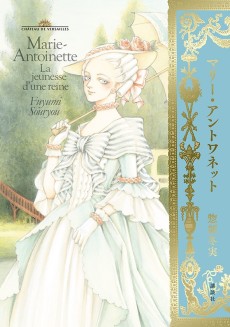 MANGA DramaMarie Antoinette
MANGA DramaMarie Antoinette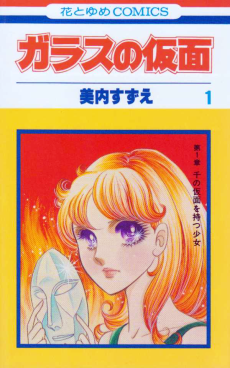 MANGA DramaGlass no Kamen
MANGA DramaGlass no Kamen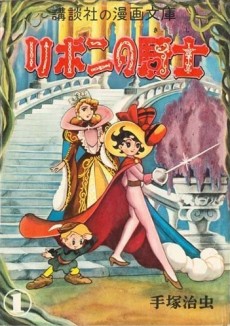 MANGA ActionRibbon no Kishi
MANGA ActionRibbon no Kishi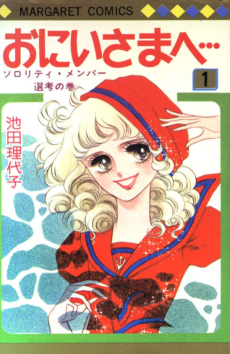 MANGA DramaOnii-sama e...
MANGA DramaOnii-sama e...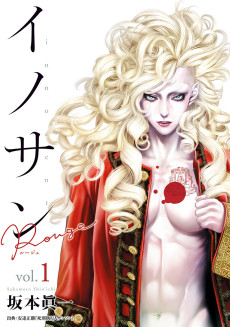 MANGA DramaInnocent Rouge
MANGA DramaInnocent Rouge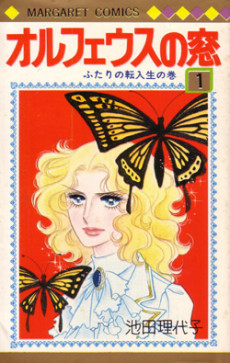 MANGA DramaOrpheus no Mado
MANGA DramaOrpheus no Mado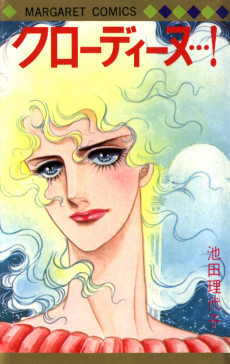 MANGA DramaClaudine...!
MANGA DramaClaudine...!
SCORE
- (4.15/5)
MORE INFO
Ended inDecember 23, 1973
Favorited by 491 Users


